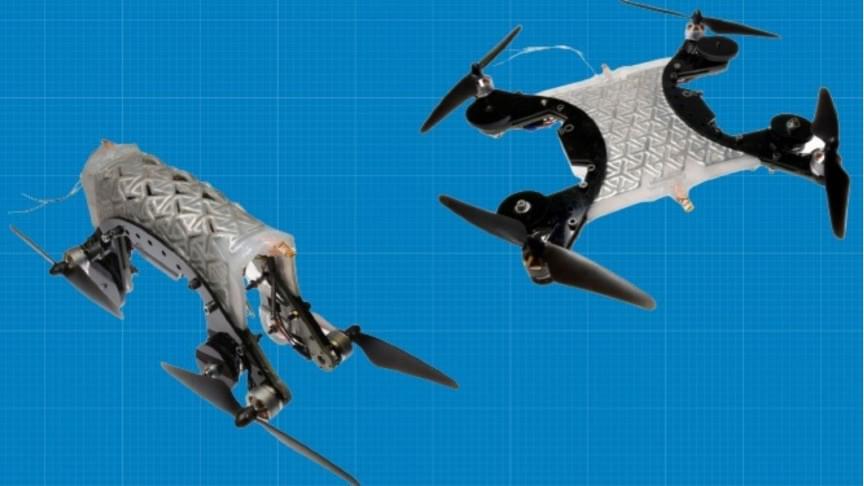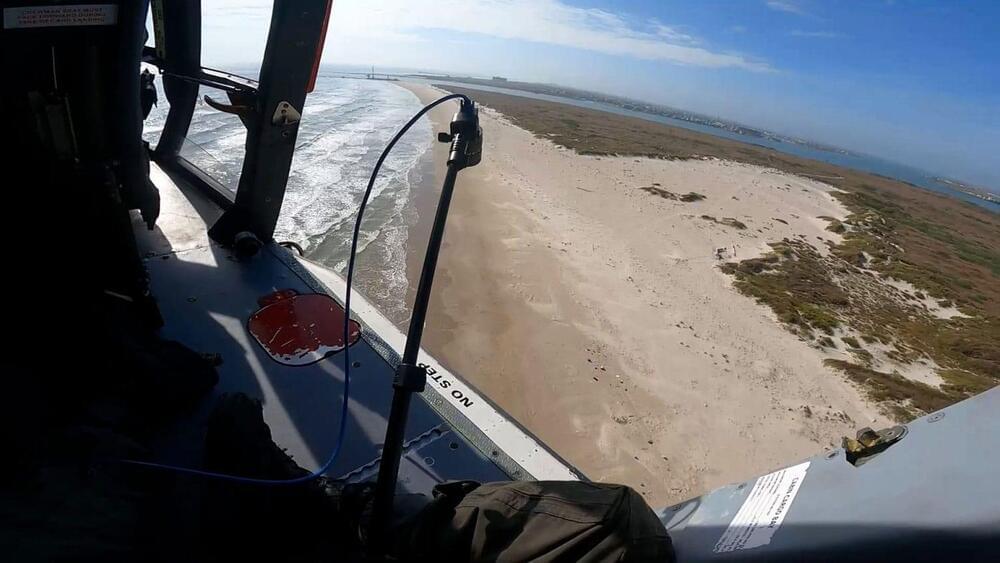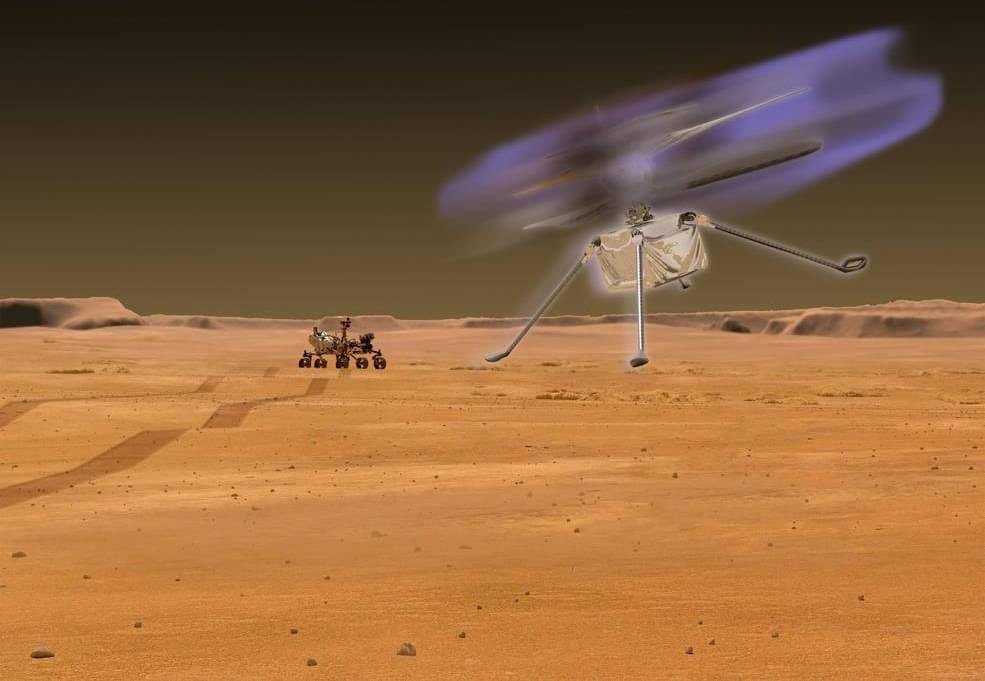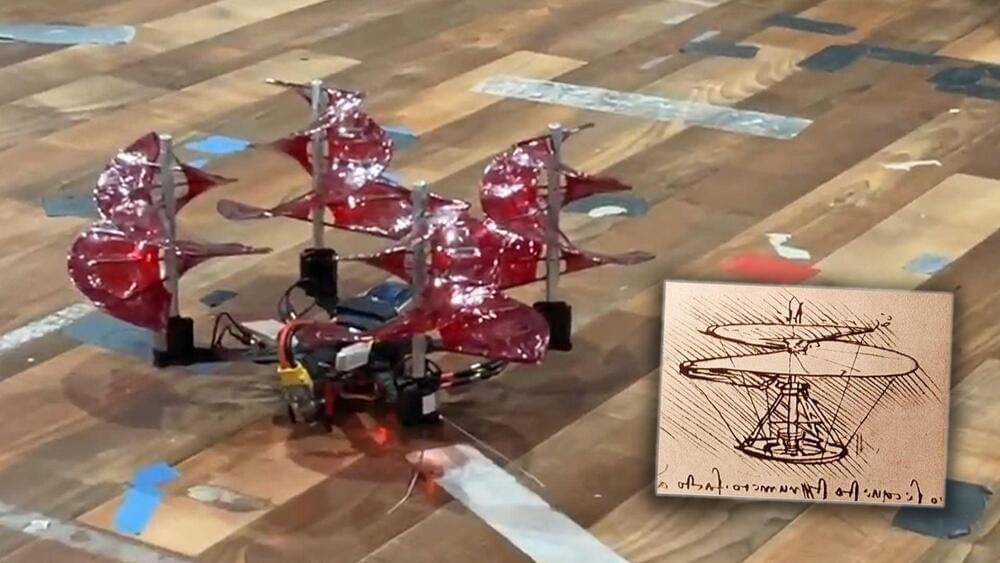
Category: drones – Page 57

The US Army throws $20 million into AI-equipped, foldable quadcopters
The U.S. Army has awarded a $20 million a year contract to a California-based drone manufacturer, named Skydio, as part of its efforts to move away from foreign-made and commercially available off-the-shelf drones. Skydio revealed in a press release that it would supply its X2D drones for the U.S. Army’s Short Range Reconnaissance (SSR) Program.
With an aim to equip its soldiers with rapidly deployable aerial solutions that can conduct reconnaissance and surveillance activities over short ranges, the Army’s SSR program has been considering small drones for some time now. More than 30 vendors submitted their proposals to the Army, and five finalists were shortlisted for rigorous testing.
The Drive accessed a federal contract from 2017 that listed the minimal specifications of the SSR program which include a flight time of 30 minutes, a range of 1.86 nautical miles (3 km), and the ability to tolerate winds up to 15 knots. With the singular purpose of reconnaissance, the drone does not need to have swappable payloads but it should support mapping missions and the ability to geotag imagery. U.S. Army has awarded a $20 million a year contract to a California-based drone manufacturer, named Skydio, as part of its efforts to move away from foreign-made and commercially available off-the-shelf drones. Skydio revealed in a press release that it would supply its X2D drones for the U.S. Army’s Short Range Reconnaissance (SSR) Program.
Hypoint opens UK hydrogen cell development unit to power eVTOL and other aircraft
Silicon Valley hydrogen fuel cell innovator Hypoint has inaugurated a new UK unit intended to speed development of its air-cooled aviation power technology, and ready it to supply zero-carbon power to next-generation aircraft like electric takeoff and landing vehicles (eVTOL) as they prepare to launch services.
HyPoint’s tech uses compressed air for both cooling and oxygen supplies delivered to its fuel systems, which are lighter, less polluting, have longer lifespans, and enable seven times more flight capacity than lithium-ion and other chemical batteries. Those attributes are luring developers of existing, new drone, and eVTOL craft to give emerging hydrogen cell products serious consideration as drivers of their vehicles – especially as the world seeks to reduce its carbon output. In 2018, aviation sector’s share of global CO2 emissions was 2.5%.

Researchers develop a drone-based system to detect marine debris
The algorithms spot and classify synthetic-material objects based on the distinctive manner in which they reflect polarized light. Polarized light reflected from human-made objects often differs from natural objects, such as vegetation, soil, and rocks.
The researchers tested such a camera, both on the ground and from a US Coast Guard helicopter, which was flying at the altitude at which the polarimetric-camera-equipped drones will fly.
Once fully operational, data collected by the drone-based machine learning system will be used to make maps that show where marine debris is concentrated along the coast to guide rapid response and removal efforts. The researchers will provide NOAA Marine Debris Program staff with training in the use of the new system, along with standard operating procedures manual.
Who Built Them And Why? | The Top Weirdest Robots
👉For business inquiries: [email protected].
✅ Instagram: https://www.instagram.com/pro_robots.
You are on the PRO Robots channel and today we have selected for you the strangest and most amazing robots. Giant robots, robot transformers, flying humanoids, exoskeletons that give superpowers, robot skiers, a new robot for space and much more. Watch the TOP of the newest, strangest and most unusual robots in the world! Watch the video till the end and write in the comments, which robot surprised you more than others?
0:00 In this video.
0:22 RH5 Manus.
1:17 NINA from Doosan Robotics.
1:53 GENTLE MONSTER
2:24 LEO robot.
3:21 CRAM Robot.
3:55 ATOUN
4:23 Guardian GT
4:56 Flying humanoids.
5:22 Jet-HR2
5:35 NABi.
6:01 ALFRED The Four Legged Robot.
6:20 Aquanaut.
7:06 ANYmal robot.
7:50 Max robot.
8:30 The Mountain Skiing Robot.
9:03 A doughnut drone from Cleo Robotics.
9:19 A folding drone.
10:26 Drone bug.
10:42 SqUID warehouse robot.
#prorobots #robots #robot #futuretechnologies #robotics.
More interesting and useful content:

Glowing Helicopters on Mars
If the Ingenuity helicopter would fly at night on Mars, its very possible the whirring rotors would create enough static electricity in the extremely dry Martian atmosphere to cause the air around the craft to glow.
“The faint glow would be most visible during evening hours when the background sky is darker,” said William Farrell, from Goddard Space Flight Center and lead author of a paper on this topic. “NASA’s experimental Ingenuity helicopter does not fly during this time, but future drones could be cleared for evening flight and look for this glow.”
If you’ve ever shuffled your feet across a wool carpet on a dry winter day, and then reached out to touch a metal doorknob, you’re familiar with the static discharge that creates a little zap — a spark — that leaps between your fingers and the metal knob.
Bristol scientists develop insect-sized flying robots with flapping wings
Are we to see an evolution of drone designs now?
Researchers at the University of Bristol in the U.K. have designed a flying robot that flaps its wings and can generate more power than a similar-sized insect, which it was inspired from. The robot could pave way for smaller, lighter, and more effective drones, the researchers claimed in an institutional press release.
When it comes to flying robots, researchers have relied largely on propeller-based designs. Even though it is well known that bio-inspired flapping wings are a much more efficient method of flying, replicating them in a flying object has been challenging. As the researchers stated in the press release, the use of motors, gears, and complex transmission systems to achieve the flapping movement adds to the complexity as well as the weight of the entire system, which has many undesired effects. drones are great but not very efficient. Researchers in Bristol may have cracked what it takes to make flapping-wing flying robots.

DaVinci-Style Drone With 600-Year-Old Screw Rotor Design Actually Flies
DaVinci penned the aerial screw design in the 1400s, way before air travel was a thing. Now, it’s being put to action with this student-built drone.
Drones aren’t anything new —multi-rotor aircraft are becoming a bigger part of people’s lives every day. From the latest batch of up-and-coming urban air mobility companies to hobby applications, electric aircraft with four or more motors are commonplace, and generally, they use conventional multi-bladed propellers to keep themselves aloft. That’s not what’s going on with this particular drone developed by engineering students at the University of Maryland, though.
Assembled for a student design competition hosted by the Vertical Flight Society, it’s a mixture of old and new. With rotors reminiscent of Leonardo DaVinci’s aerial screw illustrations from the late 1490s, it flies like any other drone would, all while looking extremely bizarre and having interesting flight characteristics.

10 Israelis set to be indicted for illegally exporting missiles to China
The Financial Department of the State Prosecutor’s Office informed 10 individuals and three companies on Monday that they would be indicted on serious security offenses linked to selling missiles to China without approval.
According to the State Prosecutor’s Office, the deal in question was brokered by Ephraim Menashe, an Israeli drone entrepreneur and founder of the Solar Sky company, who then hired Tzvika and Ziv Naveh, owners of the Innocon drone company, and other unnamed suspects.
“The suspects were investigated as part of a large-scale security case in which it was suspected that they manufactured, brokered and exported cruise missiles for military use, without a permit,” said prosecutors.
Domino’s is reviving its pizza drone delivery plans
After making history with the world’s first pizza delivery by drone from a New Zealand store in 2016, Domino’s is once again exploring the viability of commercial drone delivery on the island country in Oceania.
But what have these companies been up to since their 2016 landmark achievement?